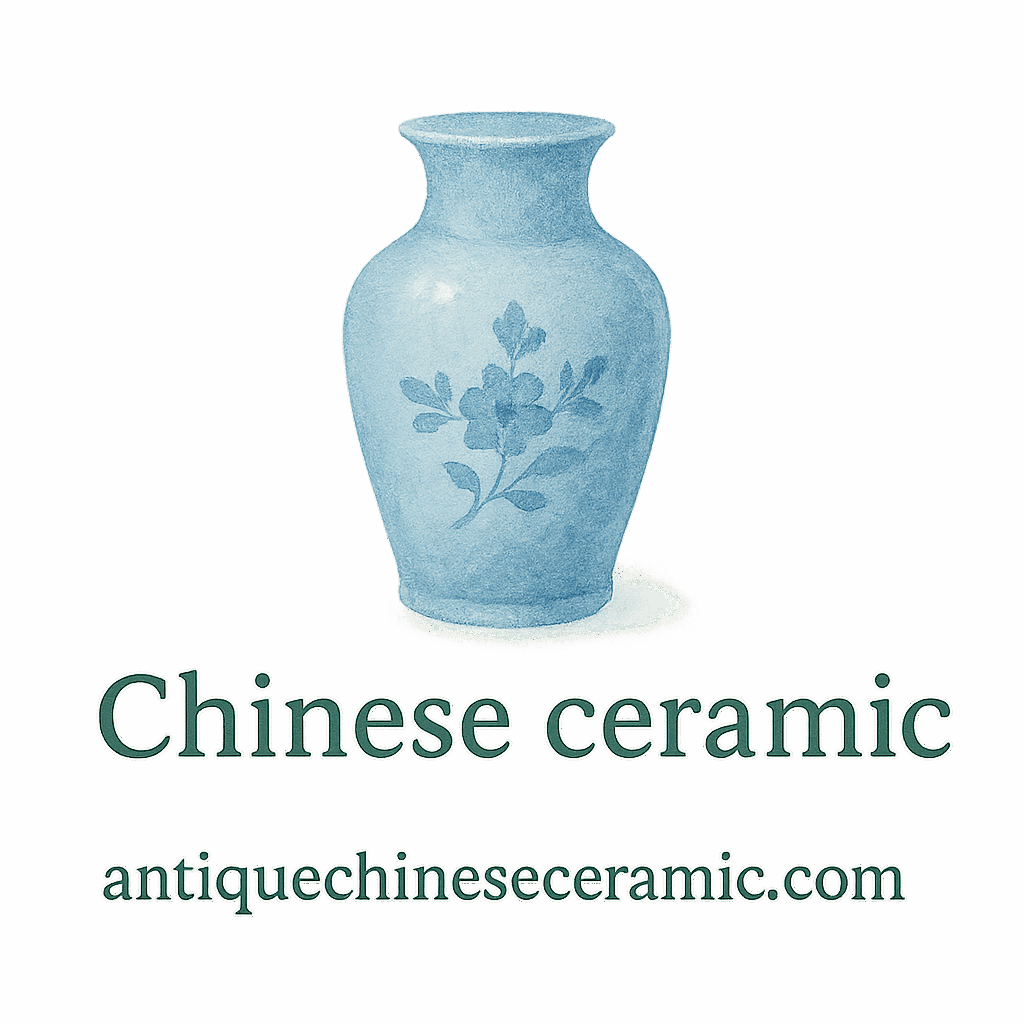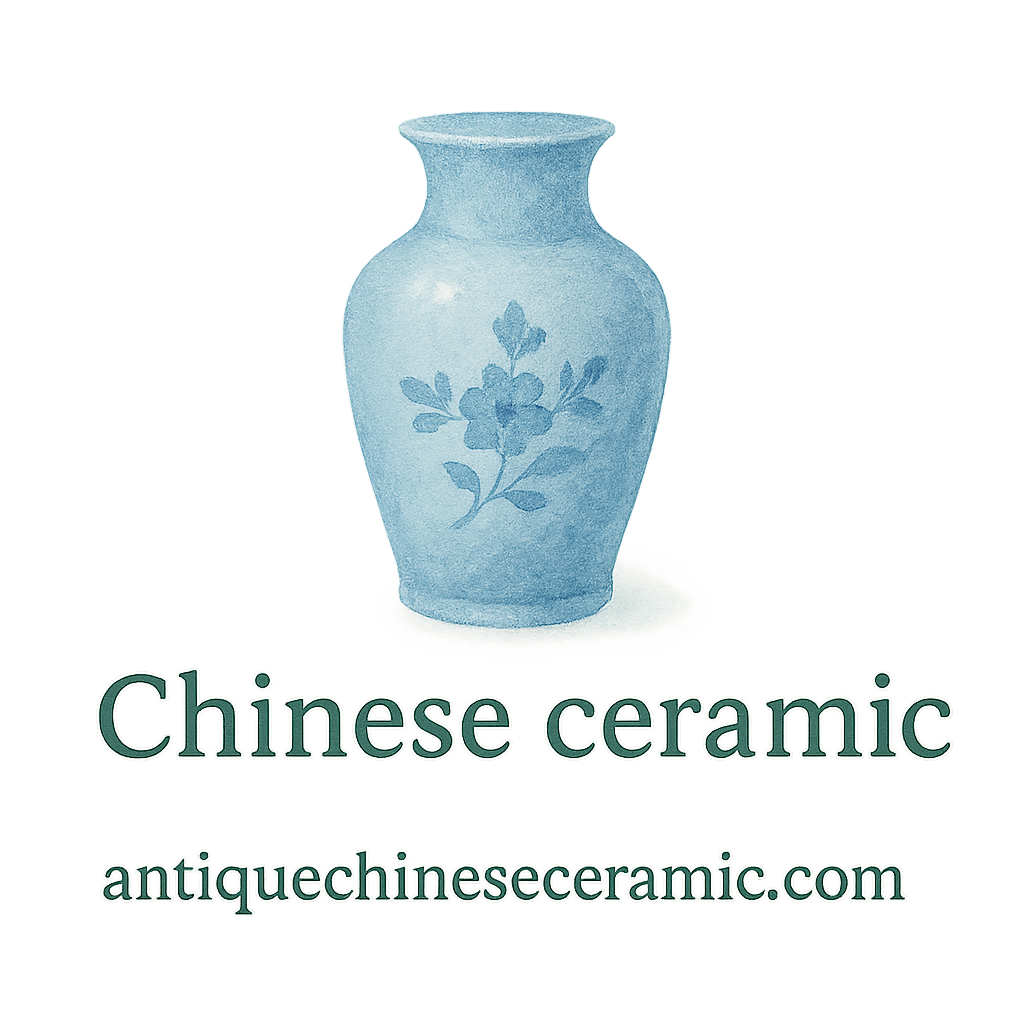Introduction to Chinese Ceramic Symbolism
Antique Chinese ceramics are more than just pretty dishes or decorative pots—they’re living stories. Every brushstroke, motif, and glaze holds layers of symbolic meaning that reflect centuries of tradition, belief, and artistry. If you’ve ever wondered what the patterns on these ceramics are trying to say, you’re about to discover how deeply they’re rooted in Chinese culture.
Whether you’re a collector, a history enthusiast, or simply someone fascinated by meaningful art, understanding these symbols gives you a richer appreciation of each antique piece. And if you’re serious about collecting antique Chinese ceramics, you’ll want to decode the 11 cultural meanings below.
1. Dragons: Power and Imperial Authority
Mythical Strength and Protection
The dragon, or “long” in Chinese, is one of the most recognizable figures in antique ceramic designs. Far from being scary or destructive, the Chinese dragon symbolizes power, protection, and cosmic energy.
Emblem of the Emperor
Dragons were often reserved for imperial use—especially five-clawed dragons, which were a mark of the emperor himself. Spotting one on a vase or porcelain plate likely means the item had a high-status origin.
Discover more about dynastic markings and Chinese ceramic history.
2. Phoenix: Rebirth and Harmony
Feminine Power and Yin Energy
Often paired with the dragon, the phoenix (or “fenghuang”) represents the yin, complementing the dragon’s yang. Together, they symbolize balance and marital bliss.
Symbol of Empress and Renewal
A phoenix design might indicate a blessing for new beginnings, especially in marriage or motherhood. In imperial times, it was also associated with the empress.
Learn more about the importance of harmony in our tagged articles on Chinese symbolism.
3. Peonies: Wealth and Prestige
Floral Elegance in Porcelain
The peony is often called the “king of flowers” in China. In ceramic art, it signifies wealth, nobility, and high social status.
Linked with Nobility
Peony patterns were favored during the Tang and Qing dynasties and often appeared on fine containers or plates belonging to aristocrats.

Explore more on quality craftsmanship in Chinese ceramics.
4. Lotus Flowers: Purity and Spirituality
Buddhism and the Lotus Motif
The lotus, emerging pure from muddy waters, is deeply symbolic in Buddhism, representing enlightenment, spiritual growth, and inner peace.
Symbol of Enlightenment
Lotus motifs frequently appear in celadon and blue-and-white wares. Their presence often signals spiritual or religious use.
Dive into the symbolic timeline of Chinese ceramics.
5. Bats: Happiness and Good Fortune
The Five Blessings
In Mandarin, the word for “bat” (蝠, fú) sounds like “good fortune” (福, fú). That pun made bats a popular lucky symbol. Five bats together often represent the “Five Blessings”: longevity, wealth, health, love of virtue, and a peaceful death.
Hidden Messages in Design
Sometimes bats are hidden in elaborate floral or scroll designs, only noticeable upon close inspection—like a secret wish painted in porcelain.
Read more about hidden details in antique ceramic patterns.
6. Clouds and Waves: Cosmic Flow
Balance Between Heaven and Earth
Cloud and wave motifs represent movement, cosmic balance, and the ever-changing flow of life.
Energy and Motion in Art
These patterns, often painted in flowing spirals or bold swirls, bring a sense of rhythm and vitality to any ceramic piece.
Connect this symbolism with cosmic themes in Chinese container designs.
7. Carp (Koi): Determination and Success
Symbolism of Overcoming Obstacles
Koi fish are known for swimming upstream against strong currents. In Chinese folklore, they transform into dragons—so they symbolize perseverance and ambition.
Cultural Ties with Ambition
Ceramics with koi imagery were common gifts for scholars and officials to wish them success in their exams or careers.
Learn about valuing ambition in antique Chinese ceramics.
8. Bamboo and Plum Blossoms: Resilience and Integrity
Nature’s Moral Lessons
Bamboo bends but doesn’t break, symbolizing resilience. Plum blossoms bloom in the cold, representing hope and fortitude.
Adversity and Triumph
Together, they form a pattern of stoicism and quiet strength—perfectly capturing traditional Chinese moral values.
See preservation advice on how to care for fragile symbolism.
9. Longevity Symbols: Shou and Cranes
Sacred Life and Aging Gracefully
The character “壽” (shòu) means longevity and often appears on birthday gifts or ancestral altar pieces.
Wish for Immortality
Cranes flying among clouds are also common longevity symbols. They’re believed to carry souls to heaven.
Browse our articles tagged heritage and preservation.
10. Children at Play: Joy and Fertility
Legacy and Continuity
Scenes of children playing in gardens or holding lotus flowers symbolize fertility, joy, and the hope for many descendants.
Optimism for the Future
This was a favored design in family heirlooms and dowries, embedding future prosperity into the art itself.
Check out more symbolic art in Chinese ceramic collecting.
11. Patterns of Harmony: Yin and Yang Elements
Balancing Forces in Ceramic Art
Yin and yang concepts are found in many opposing pairs—sun and moon, male and female, soft and strong. Their interaction drives the universe.
Philosophy through Aesthetics
You’ll often find this duality in contrasting glazes, symmetrical patterns, or paired creatures, reinforcing the ideal of cosmic balance.
For more philosophical interpretations, explore methods of ceramic art.
How to Identify Antique Chinese Ceramic Patterns
Spotting Authentic Cultural Symbols
Learning to recognize these cultural patterns is key to identifying authentic pieces. Always study the brush strokes, placement, and color usage. Cross-reference with historical data and consider getting a professional appraisal for rare or valuable finds.
See our full guide on identification techniques.
Caring for Ceramics with Cultural Significance
Long-Term Preservation Tips
Proper cleaning and storage are vital. Avoid direct sunlight, moisture, or harsh chemicals. Use padded storage containers and display with care.
For more, visit our detailed care and preservation guide and check our cleaning tips.
Conclusion
Chinese ceramics are a vibrant language of symbols and stories. The next time you look at an antique vase or plate, remember—it’s not just art. It’s a legacy of cultural wisdom, philosophy, and tradition painted on porcelain.
Whether you’re collecting, preserving, or simply admiring, decoding these cultural meanings brings you one step closer to the soul of ancient China.
FAQs
1. What do dragons represent in antique Chinese ceramics?
Dragons symbolize power, protection, and imperial authority. They were often exclusive to the emperor.
2. Why are bats considered lucky in Chinese porcelain?
The word for bat (fú) sounds like the word for fortune (fú), making it a symbol of luck and happiness.
3. How can I identify authentic Chinese ceramic patterns?
Look for traditional motifs, symmetrical designs, and consult expert identification resources.
4. What does the phoenix pattern mean in Chinese ceramics?
It represents rebirth, harmony, and is often tied to feminine energy and the empress.
5. Are koi fish important symbols in antique pottery?
Yes, they represent perseverance, ambition, and transformation into greatness.
6. Where should I store my antique ceramics to keep them safe?
Use padded containers and avoid moisture. Check our full care and storage guide.
7. Can I get a ceramic piece appraised online?
Yes, visit our valuation section or browse the auction tag for appraisal options.


